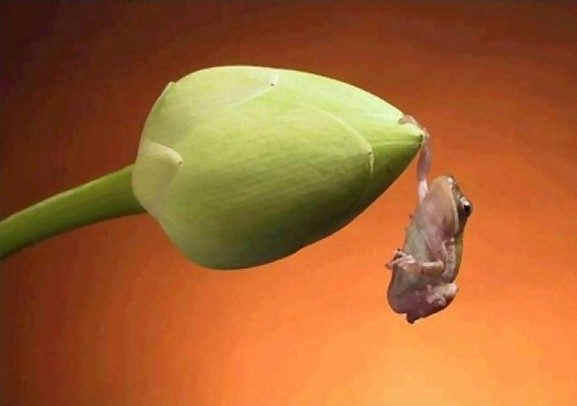|
Science Research 1,2,3
1.00 Unit of credit for each year of enrollment
Wt: 1.10
College credit from SUNY
Albany may be awarded for the second and third year of the program.
This
three-year program offers students the opportunity to participate in the
community of scientific research and scholarship as part of their high
school experience. In addition to class, formal individual
meetings will be held once a week. Students select a topic of interest
and explore this topic through library research, person to person
conversations with research scientists throughout the country, and
telecommunication to research and college libraries.
Students develop sophisticated data collecting and lab skills by
completing a literature search, formulating a research question,
articulating hypotheses, collecting and analyzing data, and presenting
their findings to a bona fide scientific audience (e.g., The Intel
Talent Search, the New York State Science Symposium, and local and
regional science fairs).
In the Words of a
Student: Jennifer Love 05'
Welcome to Science
Research. This introduction will provide you with some insight to the
exciting world of authentic science research. First, although the course
is very rigorous, itís a wonderful opportunity. It is the only course
that gives students the opportunity to work in a science lab and
participate in college level research. The class meets every Wednesday
evening from 7 pm to about 8:30 pm. During the class, students give
Power Point presentations on scientific articles they have read; seniors
give presentations about their own research projects. In addition, to
our weekly evening meetings, students are required to have personal
meetings with the teacher each week; Mr. Muller, our coordinator, sets
up a schedule of appointments. First and second year students read ten
articles from scientific journals or magazines and prepare summaries of
the articles each week. Extensive scientific reading helps expose
students to numerous fields to pursue their research projects. Over the
course of two years, students contact a scientist or researcher and
spend at least one summer working in his or her lab. At the beginning of
the studentís final year, he or she must complete a twenty-page paper,
which will be submitted to the Intel Science Talent Search Competition.
In recent years, between two and three students per year have been
awarded as Intel Semi-finalists. And, the result is most often
rewarding. Students that complete research projects are often published
several scientific journals. So, to all you computer-whizzes and science
enthusiasts, hope to see you Wednesday evenings.
|

I have no special talents. I am only passionately curious - Albert
Einstein
|
Meeting April 8th for incoming 9th graders. Application form
will be available at
http://nrhs.nred.org homepage.
|